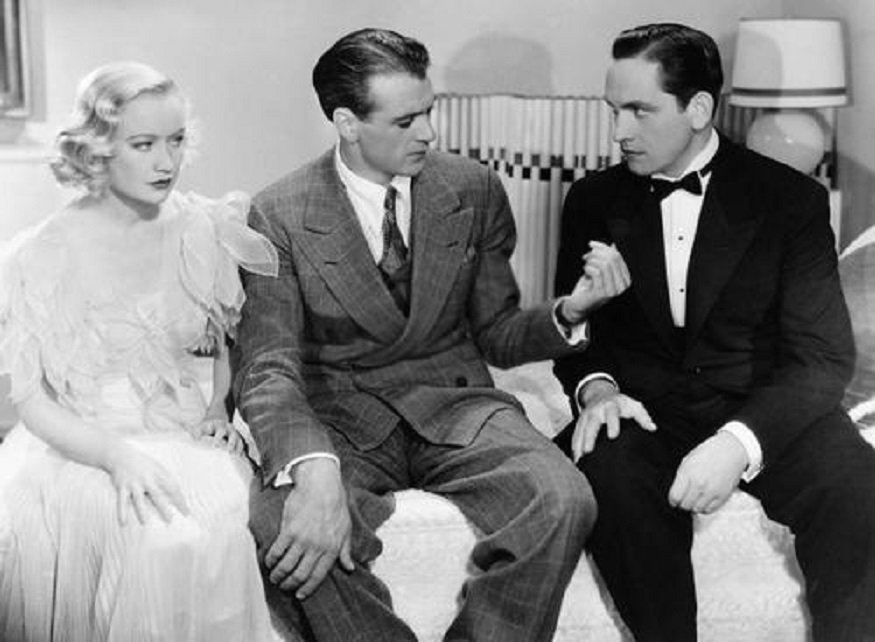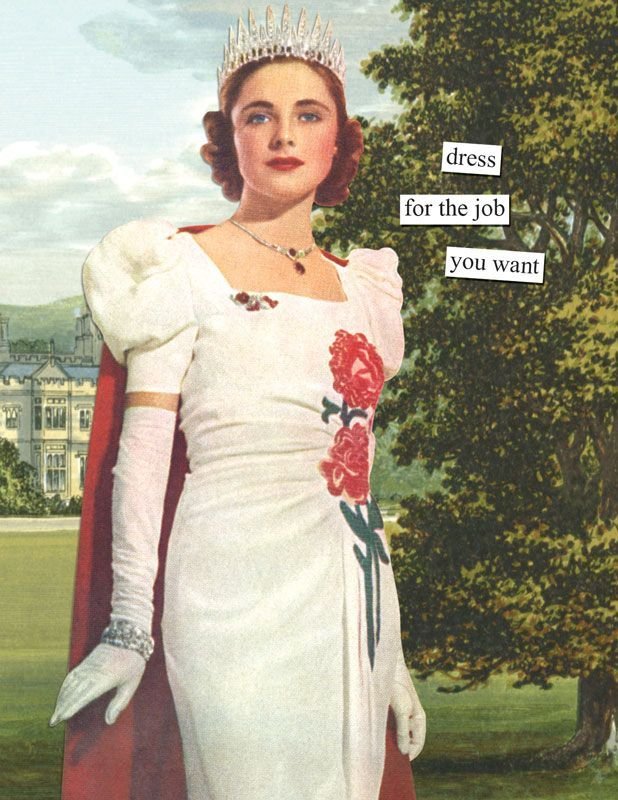Dear Etiquetteer:
Here’s a topic for you, which I’m prompted to send after Dear Vanessa dealt with it in the Times. As the owner of a no-outside-shoes home I am perplexed by guests who are offended by this idea. It doesn’t take much cogitation to grasp why taking your shoes off when you enter the house makes sense. Think about why people wash their hands, and then consider where the soles of your shoes have been. As an etiquette question though, ought not one happily comply with “house rules?”
Dear Unshod:
Etiquetteer is just as perplexed that, 45 years after Barbara Walters had to remove her shoes to interview Muhammad Ali in his home*, people don’t recognize that removing your shoes in someone else’s home is still unusual for most Americans. No matter how sensible it may be, it’s still not the norm. You put on your shoes when you leave the house, and you leave them on until you get home.
When a request to bare feet comes unexpectedly, it can feel uncomfortable, if not downright inhospitable to be asked such a thing. The most common problem (and Vanessa mentions this in her article) is embarrassment about the condition of one’s socks. Protruding toes are embarrassing and make people feel uncomfortable. Surely that is not an experience you want for your guests. May not Etiquetteer appeal to your sympathy?
No one should be surprised by a request to bare feet. You, as a host, have a responsibility to create a welcoming and comfortable atmosphere for your guests. That means preparing them in advance that “Shoes off” is mandatory at your house. They may then accept or decline your invitation as they prefer; if people decline, receive that information without judgment. Consider how you might mitigate discomfited guests by supplying a basket of new (or at least clean) and comfy slippers or socks in a variety of sizes so that no one really has to walk around in their socks if they don’t want to.
Long story short, it’s not always easy to comply with house rules that are out of the ordinary, especially with no advance notice. Be understanding if a guest absolutely refuses. You may always vacuum or mop the next day.
Etiquetteer wishes you many lovely evenings of unshod and well-informed camaraderie.
*You had to take your shoes off to walk across the white carpet,” Ms. Walters notes at 02:05 in the interview video.


























